Bottom-line interest rate
Having just received a year-end bonus of 50 million VND, Ms. Nguyen Ha (Nha Be District, Ho Chi Minh City) opened an online savings bank app and was surprised to see that the 1-month interest rate was only 2%/year. She said that at this time last year, the 1-month savings interest rate was 6%/year, 3 times higher than now. "Seeing that the interest rate was too low, I increased the deposit term to 12 months but it was only 5%/year, half of what it was.
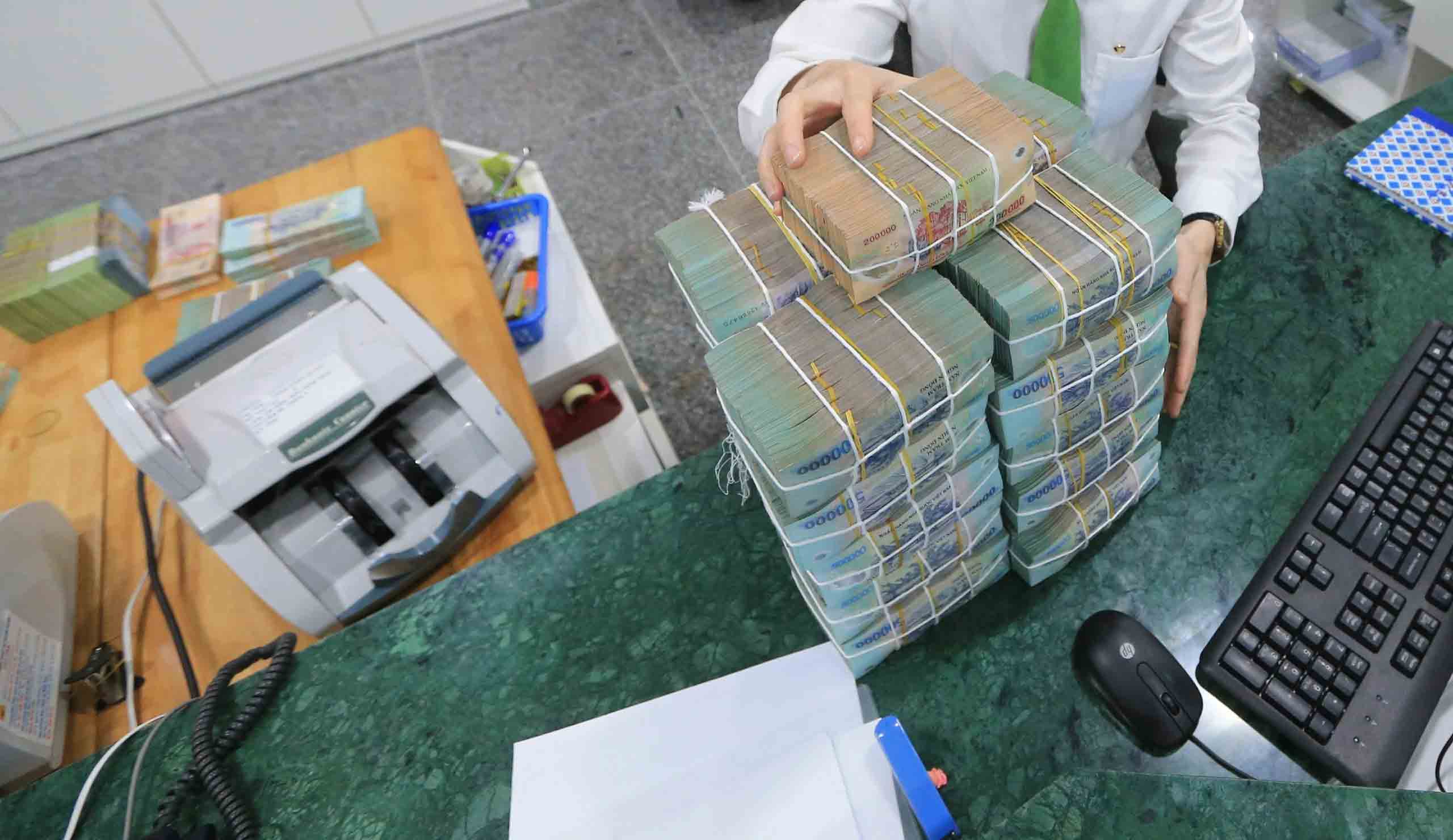
Vietcombank reduces savings interest rates to the lowest level of 1.7%/year
1 year ago," Ms. Nguyen Ha lamented. Looking back at this time last year, banks mobilized 12-month term deposits with interest rates from 9 - 9.5%/year, some banks even pushed interest rates up to 11 - 12%/year. With 1 billion VND deposited in the bank, interest rate 10%/year, you will receive 100 million VND in interest. With the current interest rate of 5%/year, depositors will only receive 50 million VND in interest. This makes depositors "heartbroken", Ms. Ha said.
Savings interest rates drop to historic low, below 2%/year
It can be seen that the interest rate market is reversing. Instead of racing to increase savings interest rates like a year ago, banks have continuously reduced deposit interest rates. Recently, 4 state-owned commercial banks, which account for nearly half of the capital mobilization market share in the entire system, have reduced deposit interest rates to low levels. Vietcombank took the lead in reducing savings interest rates to 1.7%/year for 1-2 month terms, the remaining 3 banks, BIDV, VietinBank, and Agribank, also reduced interest rates to 1.8-1.9%/year. These banks reduced interest rates for 3-5 month terms to 2-2.2%/year; 6-11 month terms to 3-3.2%/year; and 12 months and above to 4.7-5.3%/year.
Immediately after that, the bank was under special control, SCB also deeply reduced the mobilization interest rate to the same level as Vietcombank's mobilization interest rate. The lowest rate was 1.7%/year for a term of 1-2 months, the highest interest rate was 4.7%/year for a term of 12 months or more. A series of joint stock commercial banks such as Techcombank, LPBank , MSB, VietABank... also responded in unison, reducing mobilization interest rates in the first days of the year. In just the first 2 weeks of the new year, more than 10 banks adjusted their savings interest rates down. Up to this point, the mobilization interest rate of 6%/year has almost disappeared. Compared to 1 year ago, the savings interest rate is now only half, for terms under 6 months it is sometimes only 1/3.
In the interbank market, interest rates between banks continued to fall to historic lows. The average interbank interest rate on January 16 for overnight terms fell to 0.15%/year, 1 week to 0.29%/year, 2 weeks to 0.49%/year, 1 month to 1.06%/year, 3 months to 2.98%/year, 6 months to 4.11%/year...; the interest rates of banks in the interbank market are even lower than the interest rates mobilized from individuals. This shows that the liquidity of banks is quite abundant.
Although savings interest rates have been continuously decreasing, the amount of money deposited in the banking system has continued to increase. According to the State Bank of Vietnam (SBV), the system of credit institutions has mobilized an additional VND 1.7 million billion, up to VND 13.5 million billion, up 13.2% compared to the end of 2022. This is the year with the highest mobilization growth in history. Data from the SBV's Ho Chi Minh City branch shows that although VND interest rates have been continuously decreasing, mobilization has increased by 10.75%, accounting for 92% of total mobilization. Credit institutions' mobilization of foreign currencies has decreased sharply by 19.7%, accounting for 8% of total mobilization. In 2023, the mobilization growth of credit institutions is 7.68% compared to the end of the previous year.
Savings interest rates are still positive
Economist Dinh The Hien commented that the interest rate of 4 state-owned banks is around 5%/year, and that of joint-stock banks is from 5-6%/year, which is reasonable in the current context. However, according to him, the savings interest rate in the coming time will be difficult and should not be reduced further.
"This mobilization interest rate is also positive compared to expected inflation, and at the same time helps the lending interest rate to be around 7-9%/year, which is stable. Businesses and individuals still want the loan interest rate to be lower, but if so, it will lead to easy lending. Businesses also have to calculate how to borrow effectively, not borrow and then invest unreasonably. This has happened in years with low loan interest rates," Mr. Hien warned, saying that in 2024, there is no reason for interest rates to decrease further because the economy will gradually recover better, so the demand for capital will also increase. Banks also need to mobilize capital to meet credit needs for organizations and individuals.
"The expectation that the mobilization interest rate will remain at 5%/year is reasonable, this level maintained for 5 years will support economic growth. With such mobilization interest rate, the bond channel will become attractive again when it has an interest rate of 8-9%/year, because it is about 30% higher than the savings interest rate. The two channels of savings and bonds will be counterweights, but bonds are not necessarily more attractive than the savings channel because of the higher risk level," Mr. Hien predicted.
QUICK VIEW 20H 20.1: Savings interest rates drop to historic low
Economist Dinh The Hien
The target of controlling inflation in 2024 is about 4 - 4.5% on average, so the current interest rate of banks is above 5%/year, according to Associate Professor - Dr. Nguyen Huu Huan (University of Economics, Ho Chi Minh City), which is still positive. In previous years, the phenomenon of negative real interest rates occurred when inflation increased. However, investment channels are not attractive, the fear of risk increases, so money still seeks savings for shelter.
Although the savings interest rate in 2024 is forecast to decrease slightly and not as strongly as in 2023, Mr. Nguyen Huu Huan also said that it is not foreseeable that the interest rate will fall to 0%. The current savings interest rate is 1.7% calculated over 12 months, so the interest rate per month is 0.14%. In the context of banks having abundant liquidity, excess mobilized money cannot be lent out, so banks will limit capital mobilization. This leads to the risk of interest rates falling to close to 0% in the short term. "If the State Bank does not withdraw money, the possibility of savings interest rates going down is inevitable," Mr. Huan commented.
Interest rates expected to fall in 2024
According to the results of the business trend survey in the first quarter of 2024 announced by the State Bank of Vietnam's Department of Forecasting and Statistics, the deposit and lending interest rates may continue to decrease slightly, with an average expected decrease of 0.3 - 0.4% in the first quarter of 2024 and a decrease of 0.2% in the whole year of 2024. Capital mobilization in the entire banking system is expected to increase by an average of 2.6% in the first quarter of 2024 and by 12.1% in 2024, equivalent to the expectation in the previous survey. Outstanding credit of the banking system is forecast to increase by 4.4% in the first quarter of 2024 and by 14.2% in 2024, an increase of 0.4% compared to the forecast of 13.8% in the previous survey. Banks' customer risk assessments in the first quarter still increased compared to the previous quarter, but the rate of increase is slowing down and may decrease in 2024.
Source link



![[Photo] General Secretary attends the parade to celebrate the 80th anniversary of the founding of the Korean Workers' Party](https://vphoto.vietnam.vn/thumb/1200x675/vietnam/resource/IMAGE/2025/10/11/1760150039564_vna-potal-tong-bi-thu-du-le-duyet-binh-ky-niem-80-nam-thanh-lap-dang-lao-dong-trieu-tien-8331994-jpg.webp)
![[Photo] Discover unique experiences at the first World Cultural Festival](https://vphoto.vietnam.vn/thumb/1200x675/vietnam/resource/IMAGE/2025/10/11/1760198064937_le-hoi-van-hoa-4199-3623-jpg.webp)

![[Photo] Opening of the World Cultural Festival in Hanoi](https://vphoto.vietnam.vn/thumb/1200x675/vietnam/resource/IMAGE/2025/10/10/1760113426728_ndo_br_lehoi-khaimac-jpg.webp)



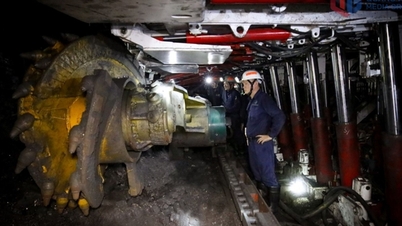
















![[Photo] Ho Chi Minh City is brilliant with flags and flowers on the eve of the 1st Party Congress, term 2025-2030](https://vphoto.vietnam.vn/thumb/1200x675/vietnam/resource/IMAGE/2025/10/10/1760102923219_ndo_br_thiet-ke-chua-co-ten-43-png.webp)






























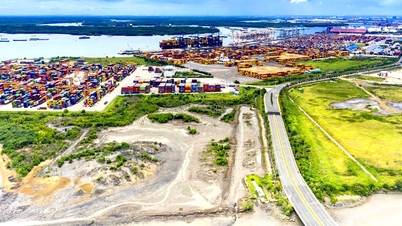
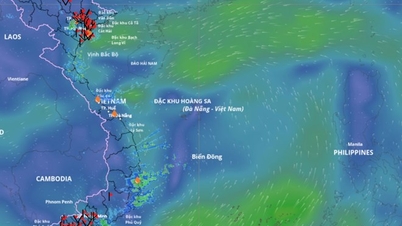






























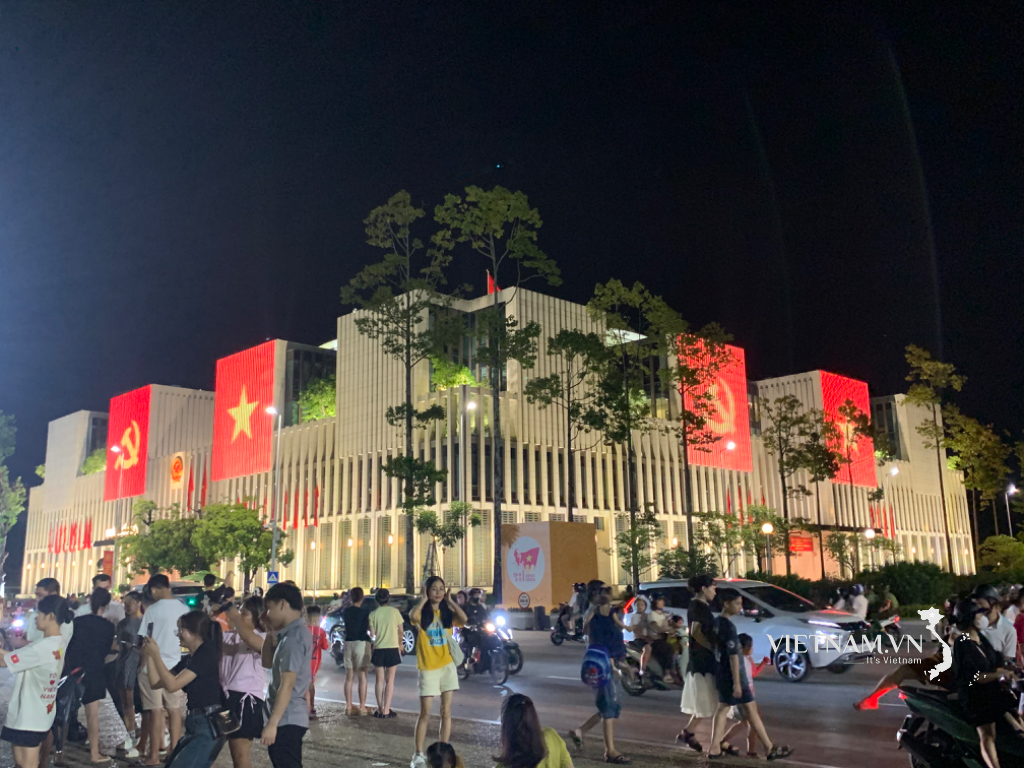



Comment (0)